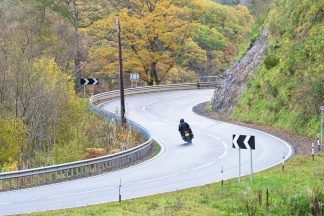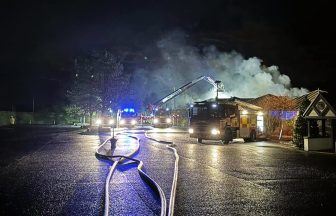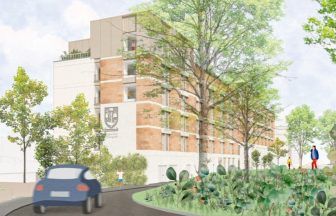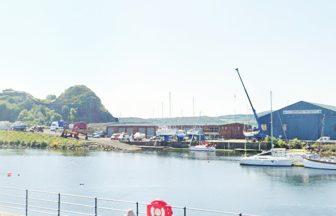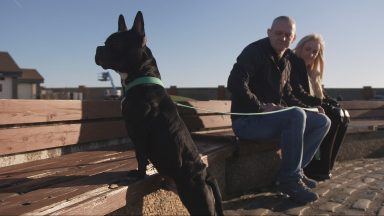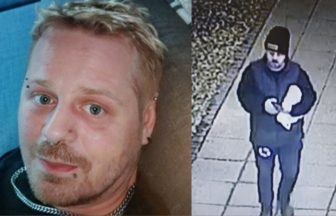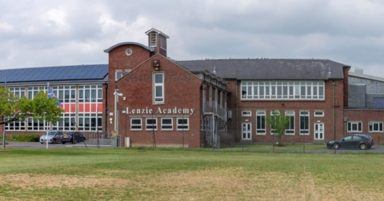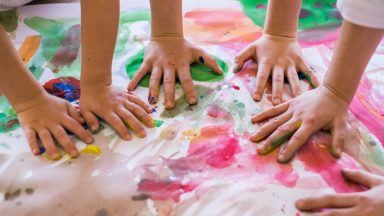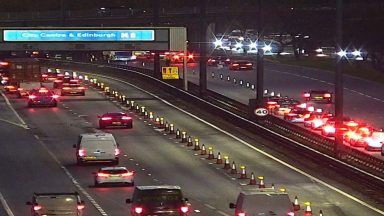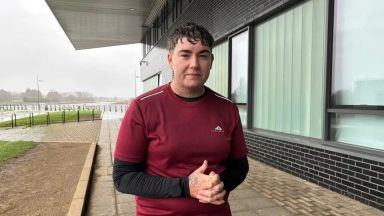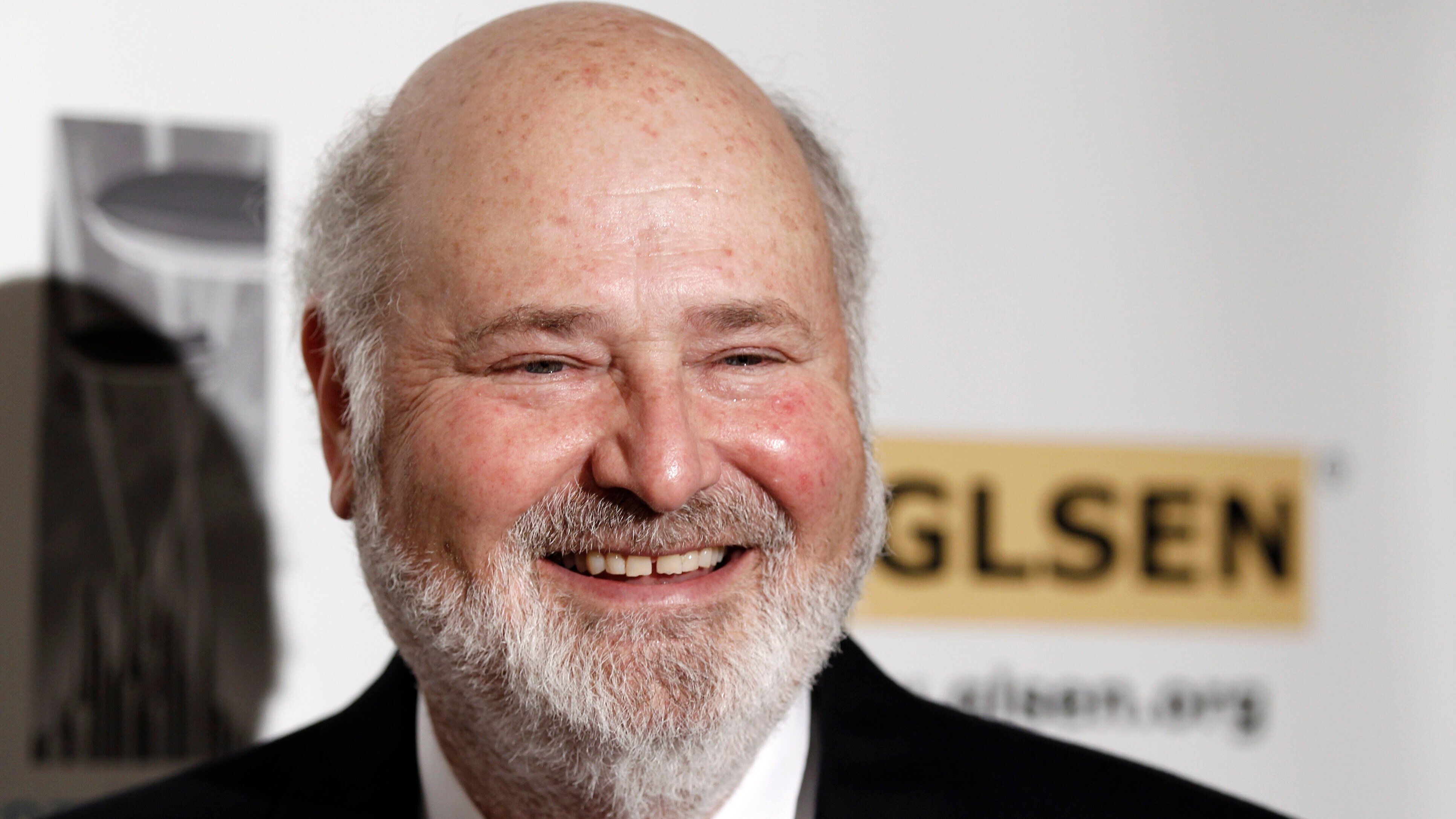Children’s cancer wards which closed more than three years ago amid concerns over the water system will reopen next week following an £8.9m upgrade.
Patients in wards 2A/2B at the Royal Hospital for Children (RHC) in Glasgow were moved to the adjoining Queen Elizabeth University Hospital (QEUH) in September 2018 to allow for investigation works.
The Scottish Hospitals Inquiry is currently investigating the campus.
Separately, an independent review last year found the deaths of two children were at least in part the result of infections linked to the hospital environment.
NHS Greater Glasgow and Clyde (NHSGGC) said the two wards, known as Schiehallion, will reopen on March 9 and will provide a “safe, high-quality environment that is fully suited to the needs of our young patients and their families”.
The refurbishment has included:
- Replacement of the ventilation system, with 11 new air handling units.
- Refurbished patient rooms, with upgraded ensuite facilities.
- New iPads and entertainment system in patient rooms.
- Play/social facilities for all age groups, including a new chillout area for children aged 8-12, paid for by former patients’ fundraising efforts.
- Upgraded kitchen and sleeping facilities for parents and carers.
- New SMaRT (Scottish Paediatric Molecular Radiotherapy Service) unit brought into use, providing specialist therapy for children across Scotland.
Dr Scott Davidson, deputy medical director (Acute) at NHSGGC, said: “During the refurbishment work, our staff have continued to provide the very best care for our young patients in wards 6A and 4B at the Queen Elizabeth University Hospital, and I would like to thank them all for their professionalism and dedication during this time.
“The return to the RHC is an important moment for patients, relatives and carers, and staff, and we have put in place a comprehensive plan to ensure the move goes smoothly, and that our young patients and their families or carers are fully supported, and kept safe.
“Through the extensive work we have carried out, we are confident that we have the highest quality and safest environment in which to look after all the needs of our young patients and their families or carers.”
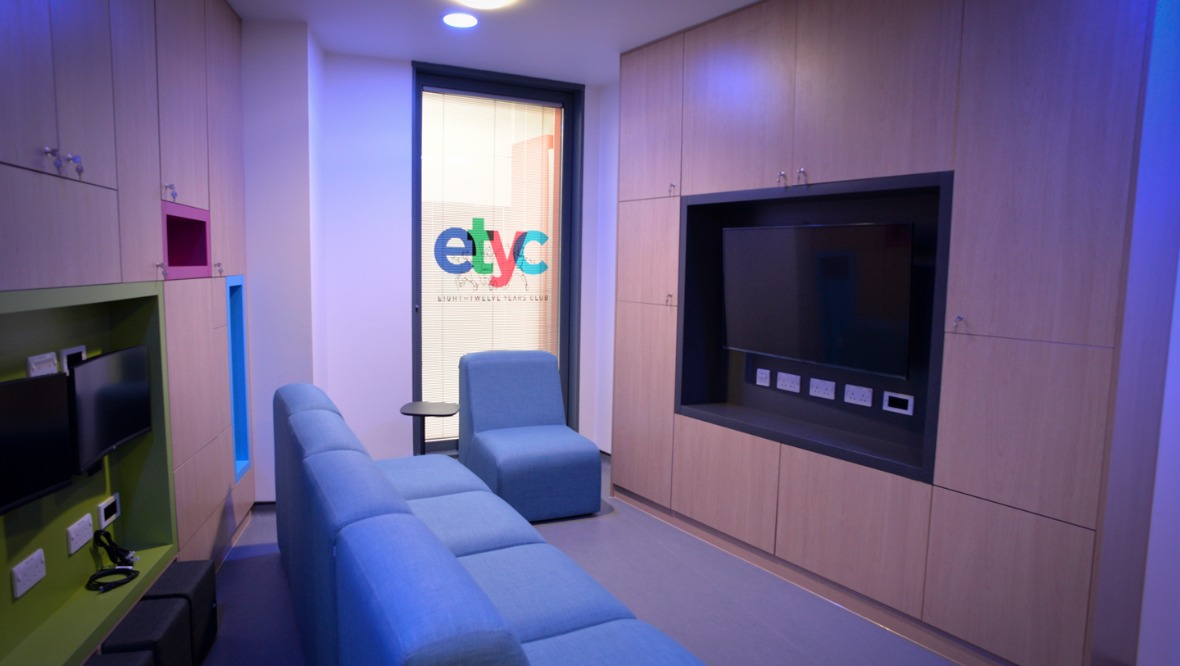 Email
EmailDr Davidson also thanked former patients Molly Cuddihy and Sara Miller, who raised hundreds of thousands of pounds for the hospital which has enabled the creation of a new, purpose-built chillout area for youngsters aged 8-12, to go alongside spaces for younger children and teenagers.
The air coming into ward 2A is filtered using Hepa (high efficiency particulate air) filtration, and bedrooms have ten air changes per hour to ensure continuous fresh air for patients.
In addition, the system now uses a “pressure cascade”, which provides another layer of protection by ensuring that air will always flow away from vulnerable patients, out into the corridors and ultimately out of the ward.
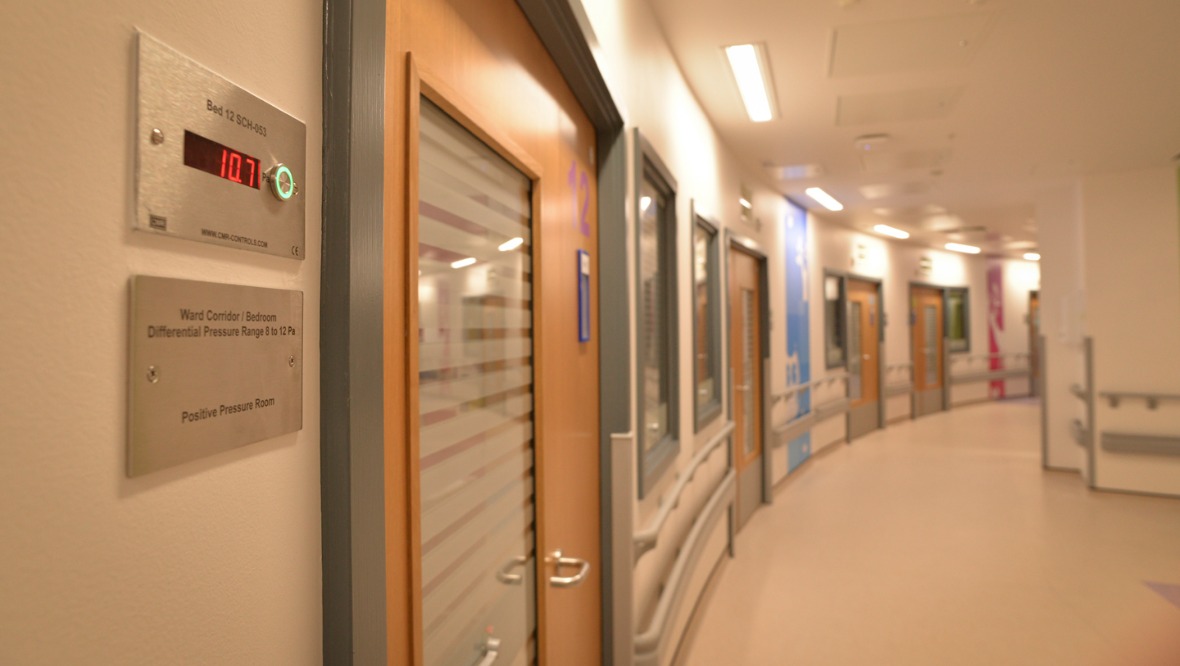 Email
EmailNHSGGC said that water in the hospital meets all national standards and is safe to drink.
In addition, as is the case in all areas of the building, the water undergoes a process of filtration and regular dosing with chlorine dioxide.
And in places where the most vulnerable patients are cared for, such as wards 2A and 2B, additional filters have been added to the taps.
Julie Critchley, director of NHS Scotland Assure, said: “NHS Scotland Assure is here to bring experts together to reduce risk in the healthcare-built environment and we are pleased to have been able to support NHS Greater Glasgow and Clyde with the successful reopening of Schiehallion.”
Follow STV News on WhatsApp
Scan the QR code on your mobile device for all the latest news from around the country


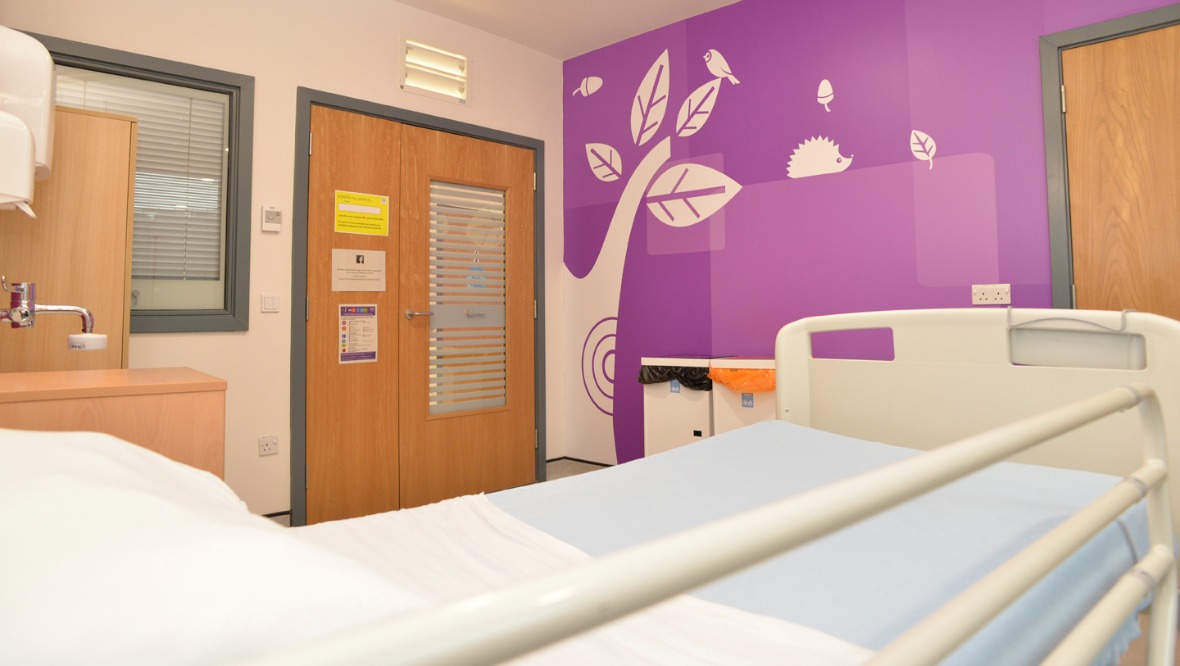 Email
Email

